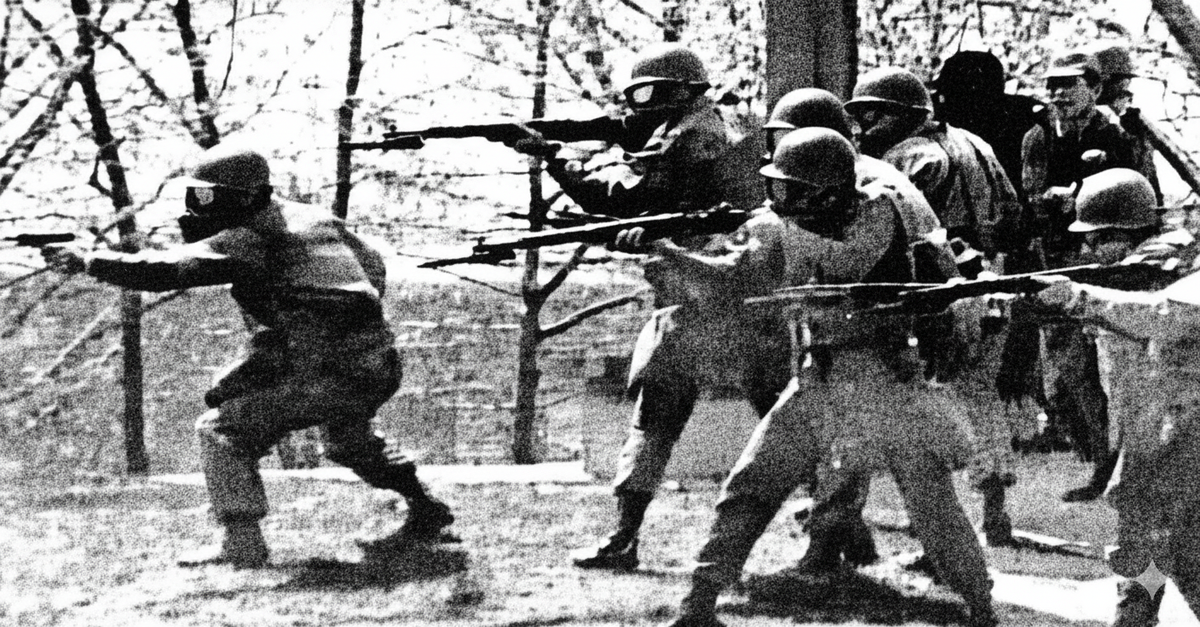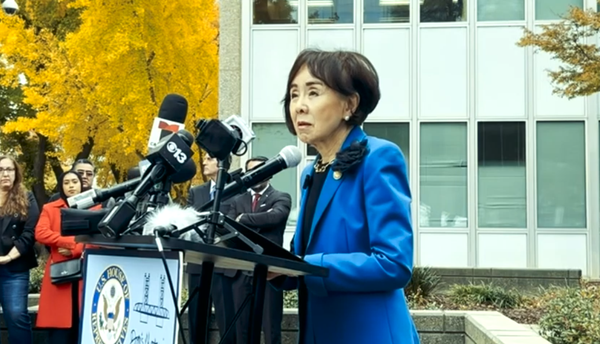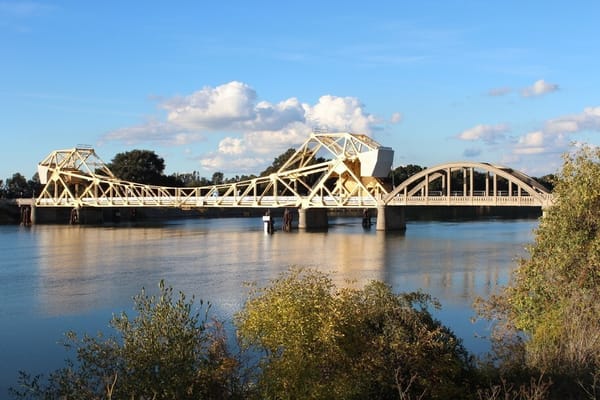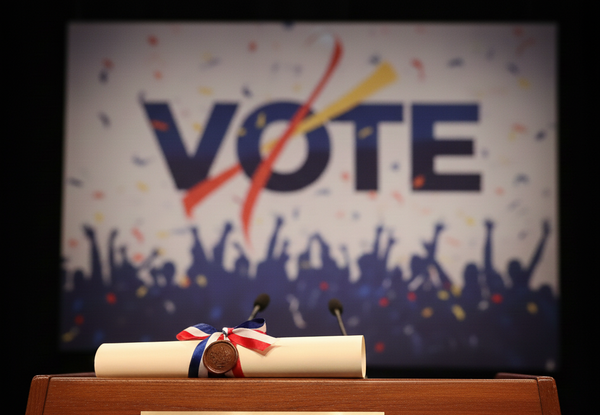From Kent State to Today: Are We Headed for Another Tragedy on American Streets?
Tin soldiers and Trump coming, We're finally on our own...

In May 1970, a burst of gunfire from the Ohio National Guard turned a student protest at Kent State University into a national nightmare. Four unarmed students were killed and nine others were wounded, their blood soaking the asphalt of a college campus that had become a kill floor.
Those images of students sprawled lifeless on the ground — one young woman's anguished scream captured in an iconic photograph — are seared into the American conscience. They serve as a stark reminder of what can happen when political leadership resorts to military force to confront civilian dissent.
Today, more than 55 years later, that dark history feels alarmingly relevant. President Donald Trump's recent attempt to deploy 300 California National Guard troops to Portland, Oregon — even after a federal court blocked his move to federalize Oregon's Guard — is a foghorn warning of how fragile the boundary is between maintaining order and unleashing chaos.
The president's rhetoric about using the U.S. military to confront what he calls "the enemy from within" has taken a sharp, incendiary turn, one that risks transforming our own cities into potential one-sided battlefields.
The country has already witnessed the dangers of government overreach. In the last few days, a violent clash in Chicago erupted when ICE agents, many of whom are recent recruits and poorly trained, attempted an aggressive street operation. According to local reports, the chaos spiraled into violence that left civilians injured and deepened distrust between residents and federal authorities.
It was a tragic episode that underscored what happens when paramilitary-style force meets communities already pushed to the edge by the Trump administration's policies.
The echoes of the Kent State tragedy resonate louder now than at any time in recent memory. Then, it was young students opposed to the Vietnam War who were deemed a threat.
Today, people have been and continue to protest for civil rights, economic justice, or the right to live free from fear in their own neighborhoods. The tools of suppression — military gear, armed troops, and heated political rhetoric — are chillingly similar.
What makes this moment especially dangerous is the volatility of our national discourse. We have a president who has normalized the language of internal enemies and whose public remarks often blur the line between lawful dissent and insurrection.
Such words are not harmless; they sow the seeds for confrontation and provide cover for acts of violence carried out in the name of security.
The National Guard, comprised of our, neighbors, elected officials, coworkers, those seeking an extra income, or those looking to sincerely serve their country, is honorable and often provides vital aid during disasters.
Yet history has shown that when they are deployed in politically charged circumstances, such as the Kent State student protest or the ICE-induced conflicts in Chicago, their role can shift from protectors to enforcers, and sometimes, tragically, to aggressors. In the haze of tension, not to mention proper training, a single misunderstanding or a panicked trigger pull can ignite disaster.
It is not hard to imagine a modern-day Kent State unfolding in a downtown square, on the steps of a city hall, or even outside a church. The question is not whether such a tragedy could happen again, but when — especially as the temperature of our political climate continues to rise.
The lesson of Kent State should have been that military force being used against civilians carries too high a cost in both lives and trust. Yet those in power couldn't care less and have historic amnesia at precisely the moment we need to remember it most.
This volatility may be what they want.
When that tragedy strikes — if peaceful Americans once again fall to bullets fired by those sworn to protect them — we must ask ourselves: how will the public respond? Will we mourn and move on, or will we finally confront the perilous path paved by President Trump that has brought us to this point in our history?



